Blackberries are a delightful and nutritious addition to any home garden. Bursting with flavor and rich in vitamins, these juicy berries are relatively easy to grow and can produce abundant harvests with the right care. Whether you want to enjoy them fresh, in jams, pies, or smoothies, learning how to plant and grow blackberries effectively ensures you’ll have a bountiful harvest year after year.
In this comprehensive guide, we’ll walk you through everything you need to know — from selecting the right blackberry variety to planting, maintaining, and harvesting your crop.
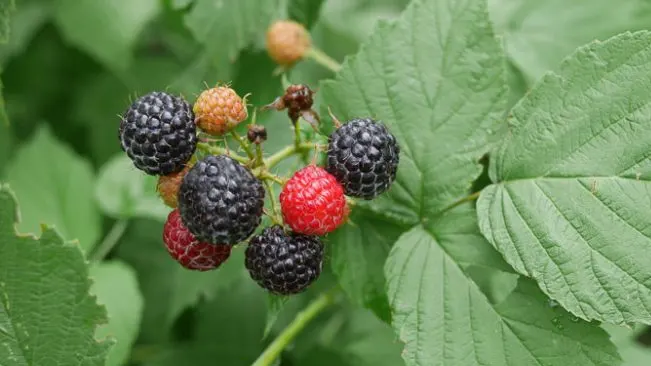
Why Grow Blackberries at Home?
Before diving into the planting process, let’s take a moment to appreciate why blackberries are such a garden favorite:
- Rich in nutrients: Packed with vitamin C, fiber, antioxidants, and minerals.
- Easy to grow: Hardy plants suitable for various climates.
- Prolific producers: A single plant can yield pounds of fruit each season.
- Versatile in the kitchen: Delicious fresh, baked, preserved, or blended.
Plus, the sight of ripe, glossy blackberries hanging from a trellis or bush is a beautiful reward for any gardener.
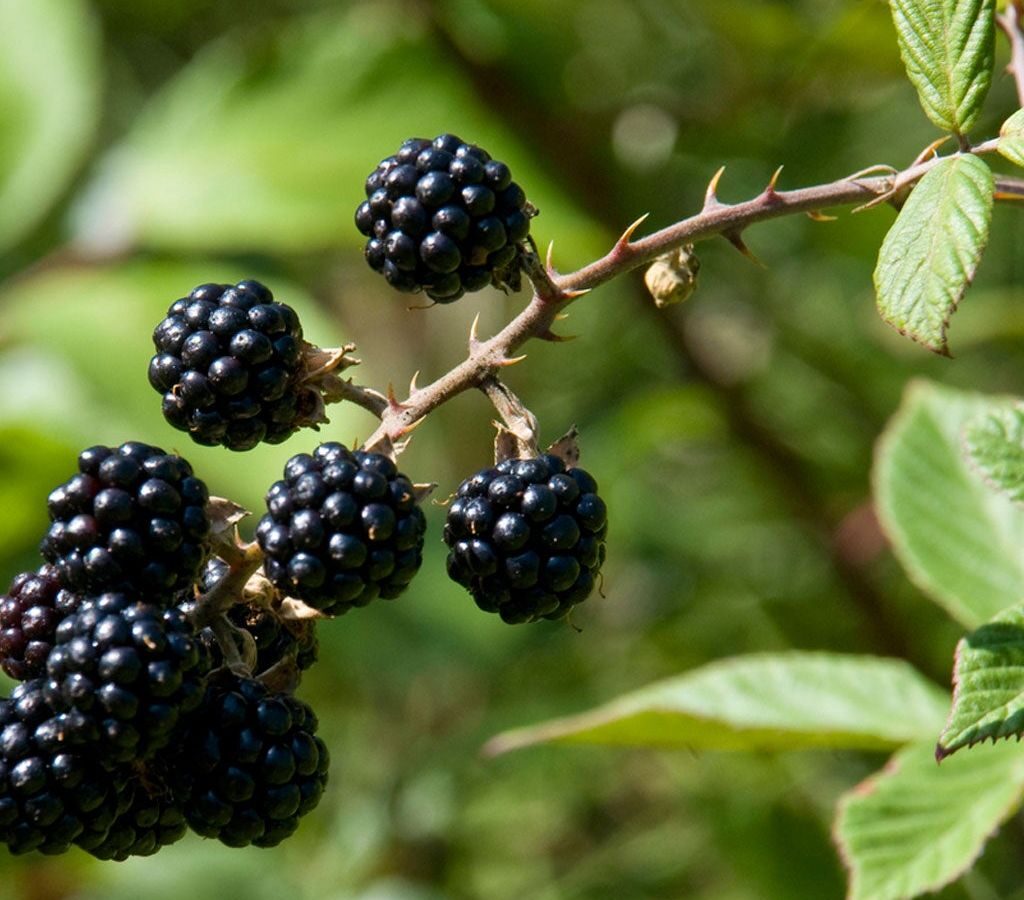
Types of Blackberries
Blackberries fall into three main categories based on their growth habit:
1. Erect Blackberries
- Grow upright without support.
- Thorny or thornless varieties available.
- Cold hardy and disease-resistant.
2. Trailing Blackberries
- Require trellising or support.
- Typically grown in warmer regions.
- Large, sweet berries.
3. Semi-Erect Blackberries
- A cross between erect and trailing types.
- Benefit from a trellis for best yields.
- Offer excellent flavor and large fruit.
Popular varieties:
- ‘Natchez’ (thornless, early season)
- ‘Triple Crown’ (thornless, large berries)
- ‘Chester’ (thornless, late season)
- ‘Marionberry’ (trailing, rich flavor)

Best Time to Plant Blackberries
The ideal time to plant blackberry plants is:
- Late fall (in mild climates) or
- Early spring (in colder regions)
Planting during dormancy allows the roots to establish before the growing season begins.
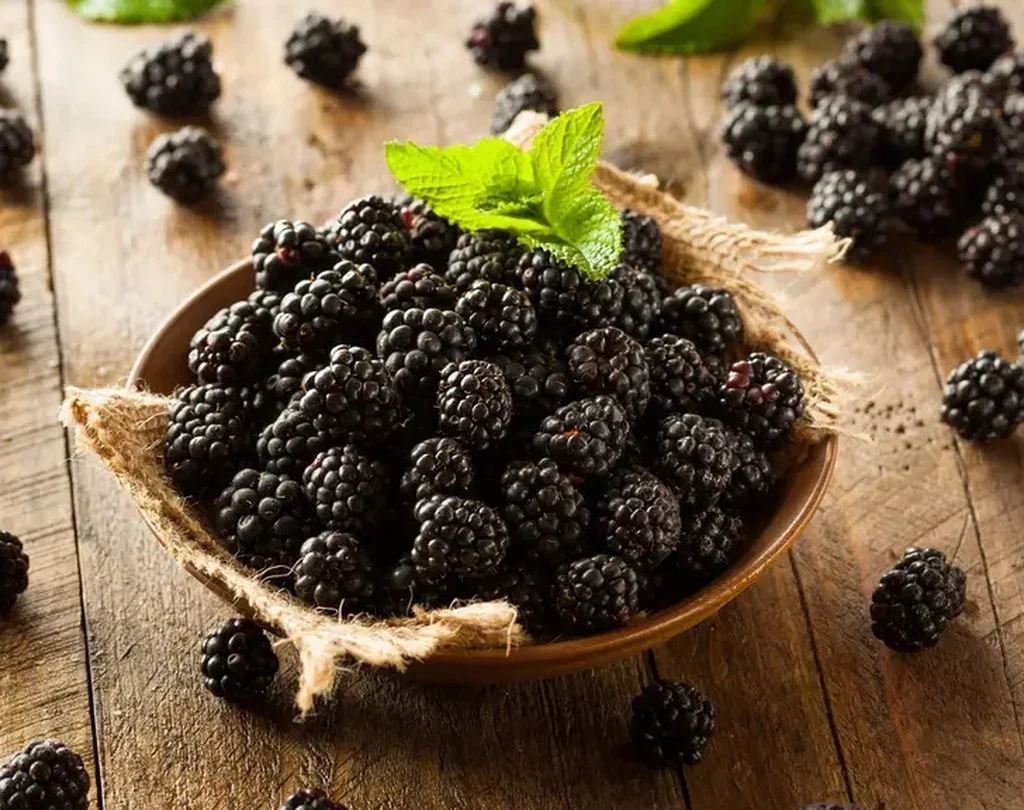
How to Choose a Planting Site
Blackberries thrive in sunny, well-drained locations. Picking the right site is crucial for healthy plants and generous harvests.
Key factors:
- Sunlight: At least 6–8 hours of full sun daily.
- Soil: Well-draining, fertile soil with a pH of 5.5–7.0.
- Air circulation: Avoid crowded or enclosed spots to prevent fungal diseases.
- Space: Ensure adequate room for growth and maintenance.
Avoid planting where:
Tomatoes, peppers, eggplants, or potatoes have grown in the last 3–4 years, as these can harbor soil-borne diseases affecting blackberries.
How to Plant Blackberries
1. Prepare the Soil
- Clear the area of weeds and debris.
- Work compost or well-rotted manure into the soil to boost fertility.
- Test soil pH and amend if necessary.
2. Dig Planting Holes
- Space erect varieties 3–4 feet apart.
- Space trailing varieties 5–6 feet apart.
- Space rows 8–10 feet apart.
3. Plant the Blackberries
- Set the plant in the hole, spreading roots evenly.
- Cover with soil so the crown (base of the stem) is just at or slightly above soil level.
- Water thoroughly after planting.
Blackberry Plant Care
1. Watering
- Blackberries require consistent moisture, especially during flowering and fruiting.
- Provide 1–2 inches of water per week, more during dry spells.
- Use drip irrigation or soaker hoses to keep foliage dry and reduce disease risk.
2. Mulching
- Apply 2–4 inches of organic mulch (like straw or wood chips) around plants to:
- Retain soil moisture.
- Suppress weeds.
- Regulate soil temperature.
3. Fertilizing
- In early spring, apply a balanced fertilizer (10-10-10) around plants.
- Follow with a second feeding in late spring as fruit develops.
- Avoid over-fertilizing — too much nitrogen leads to excessive foliage and reduced fruiting.
Trellising and Supporting Blackberry Canes
While erect blackberries can stand alone, most benefit from some support, especially trailing and semi-erect types.
Simple trellis setup:
- Install sturdy wooden or metal posts at each end of a row.
- Stretch galvanized wire between posts at 2-foot intervals (from 2 to 6 feet high).
- Tie canes loosely to the wires with plant ties or twine.
Benefits:
- Keeps berries off the ground.
- Improves air circulation.
- Makes harvesting easier.
Pruning Blackberries
Proper pruning is essential for plant health and maximizing fruit production.
Pruning Schedule:
Summer:
- After fruiting, prune out old canes (floricanes) at ground level.
- Leave new canes (primocanes) for next season’s crop.
Winter/Early Spring:
- Trim primocanes to about 3–4 feet tall.
- Remove weak or spindly growth.
- Thin to 4–6 strong canes per plant.
Why prune?
- Encourages larger, healthier berries.
- Reduces disease risk.
- Maintains manageable plant size.
Common Blackberry Pests and Diseases
Pests:
- Aphids: Control with insecticidal soap or neem oil.
- Japanese beetles: Hand-pick or use row covers.
- Spider mites: Increase humidity and wash leaves with water.
Diseases:
- Anthracnose: Grayish cankers on canes; prune infected parts.
- Botrytis (gray mold): Affects flowers and berries; ensure good airflow.
- Orange rust: Bright orange fungal growth on undersides of leaves; remove and destroy infected plants.
Prevention tips:
- Avoid overhead watering.
- Space plants adequately.
- Remove dead or diseased canes promptly.
When and How to Harvest Blackberries
Blackberries ripen from mid-summer to early fall, depending on the variety.
Signs they’re ready:
- Full, dark purple-black color.
- Plump and slightly soft to the touch.
- Easily detach from the plant without pulling.
Harvest tips:
- Pick in the morning when berries are cool.
- Handle gently to avoid crushing.
- Use shallow containers to prevent bruising.
Storage:
Refrigerate fresh blackberries for up to 3–5 days or freeze them for longer preservation.
Final Thoughts
With their rich flavor, impressive health benefits, and ease of care, blackberries are a rewarding crop for gardeners of all skill levels. By choosing the right variety, providing plenty of sunlight, well-drained soil, and attentive maintenance, you’ll enjoy lush, productive plants and an abundant harvest each season.
Key takeaways:
- Plant in sunny, well-drained locations.
- Water regularly but avoid soggy soil.
- Support canes with a simple trellis system.
- Prune annually to encourage new growth.
- Stay vigilant against pests and diseases.
Grow your own blackberries and enjoy homegrown sweetness — straight from the garden to your table!

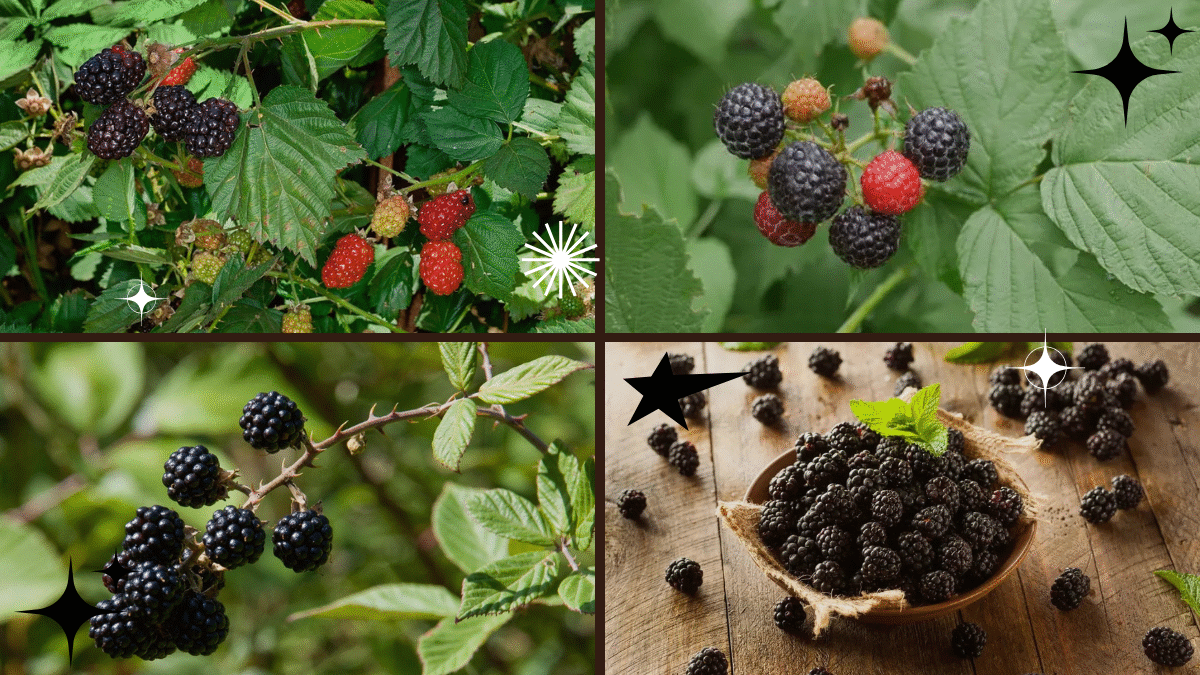
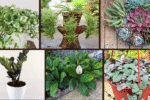

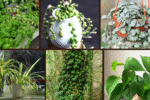
Leave A Comment